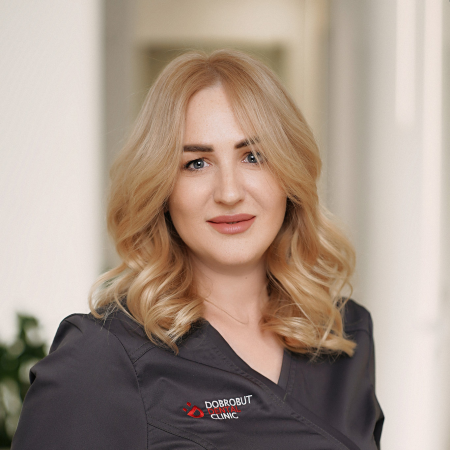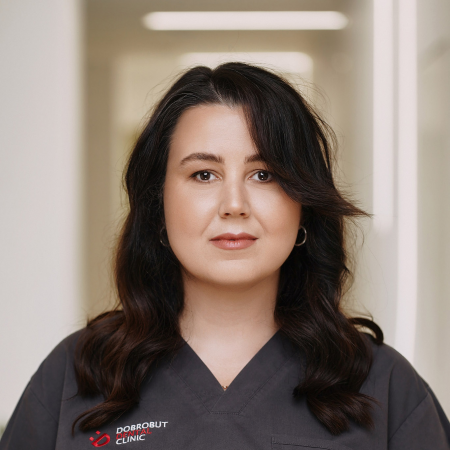Porcelain teeth
Teeth are one of the main components of an attractive appearance. With the help of dental prosthetics, people try to correct the shortcomings of their smiles, solving several problems at once. Modern dental technologies have long allowed providing patients with decent quality services, so now dental porcelain is one of the most popular materials for prosthetics. Porcelain crowns are a type of metal-free prosthetic construction. Its main advantage is the similarity of physical and chemical properties with natural tooth tissue. This makes the crown as similar as possible to a natural tooth in a row.
A few years ago, prosthetics with porcelain crowns were performed only on the front teeth (in the area of the smile). However, the latest manufacturing techniques have now been developed to combine a zirconia-based frame with a porcelain coating, which makes the structure very strong, durable, and allows the use of dentures for installation on lateral masticatory teeth.
Indications for the installation of porcelain teeth
The main indication for the installation of porcelain crowns is the aesthetic restoration of teeth, namely the removal of:
- wedge-shaped defects and chips that cannot be corrected with the help of filling material;
- destruction of the dental crown;
- hypoplasia or pathological abrasion of the enamel;
- anomalies of color, the shape of the tooth;
- a pronounced change in the color of tooth enamel, which can not be adjusted using methods of professional whitening.
In addition, such designs are suitable for patients who are allergic to metal.
Contraindications to prosthetics with porcelain crowns are periodontal disease in the acute stage on the abutment tooth or tooth antagonist, deep occlusion, bruxism, mobility of the dentition. Also, prosthetics are not performed on children and adolescents.
Stages of making porcelain crowns
The method of extruded casting is used to make porcelain crowns. The process of their creation consists of several stages:
- Preparation. Rehabilitation of the oral cavity, depulping of the tooth, installation of a pin or cult tab if necessary, a slight turning of the tooth under the prosthesis. Next, the color is selected as close as possible to the shade of natural enamel.
- Imprint. With the help of a special silicone mass or alginate material, the dentist removes the cast of the dentition and passes it to the dental laboratory.
- Creating a foundation. According to the obtained impressions, the dental technician creates a mold from a special platinum foil and fills it with porcelain mass.
- Heat treatment. The matrix undergoes several sessions of firing under high temperatures in a special furnace.
- Adjustment of the finished product. The resulting prosthesis is painted in the selected shade and glazed. After adjustment, the configuration of the artificial crown and its surface perfectly coincides with the patient's natural tooth.
Direct manufacturing of a porcelain tooth can be carried out in two ways. The first involves the layer-by-layer application of porcelain mass, and the second uses the method of injection molding. The second option is more modern, it provides high-strength structures, so it is used in most dental laboratories.
Like other designs, porcelain teeth have their pros and cons. The advantages of prostheses include:
- high aesthetics, as crowns, have full transparency and thus provide perfect resemblance to a natural tooth. The light falling on the surface of the prosthesis can penetrate to a certain depth inside the porcelain, and then be reflected from the dental tissues, so such crowns are no different from natural teeth;
- resistance to dyes due to the rather dense structure of ceramics;
- hypoallergenicity of the material;
- the need for minimal turning of the tooth before installation;
- long service life at correct operation;
- bioinertness of the prosthesis (crowns do not irritate the surrounding tissues and do not oxidize).
The disadvantages include the relatively high cost of porcelain teeth and the need to take into account the restrictions associated with the use of certain foods.
How is the installation of porcelain crowns?
The first step in installing dentures should be to consult a specialist. The doctor must fully examine the oral cavity, find out what results from the patient's expects and together with him choose the most appropriate treatment tactics, based on individual requests and financial capabilities. After making a plan, the specialist begins to prepare the oral cavity and remove the casts, which are sent to the laboratory for the manufacture of crowns. While they are being created, the patient is fitted with temporary prostheses, usually made of plastic. They are needed to restore the aesthetic appearance and chewing function at the time of creating permanent. When the crowns are ready, the doctor invites the patient for fitting and installation. The finished crown is ground, polished, and fixed on the cement material.
Caring for a porcelain crown is no different from caring for natural teeth:
- it is necessary to brush your teeth 2 times a day;
- rinse your mouth after each meal;
- use dental floss and an irrigator.
Quality and regular care will guarantee you the beauty of a smile for a long time.
Dobrobut Dental Clinics in Kyiv is engaged in the installation of porcelain crowns on the teeth. We offer the shortest terms of examination and treatment, modern equipment and materials, and affordable prices. We employ highly qualified specialists who are regularly trained and improve their knowledge both in Ukraine and abroad. Our task is to create a beautiful and healthy smile for you, and we will cope with it to the fullest!
Bibliography
- Christopher CK Ho, BDS (Hons), Grad.Dip.Clin.Dent (Oral Implants), M.Clin.Dent (Pros) Brad Gobler. Porcelain veneers: Treatment guidelines for optimal aesthetics, 2016
- Porcelain Veneers: 7 Requirements that Make You an Ideal Candidate - Linhart Dentistry, 2020
- R. K. Morita, M. F. Hayashida, [...], and E. A. G. Betiol. Minimally Invasive Laminate Veneers: Clinical Aspects in Treatment Planning and Cementation Procedures, 2019
- Establishing a Classification System and Criteria for Veneer Preparations Brian LeSage, DDS, 2020







